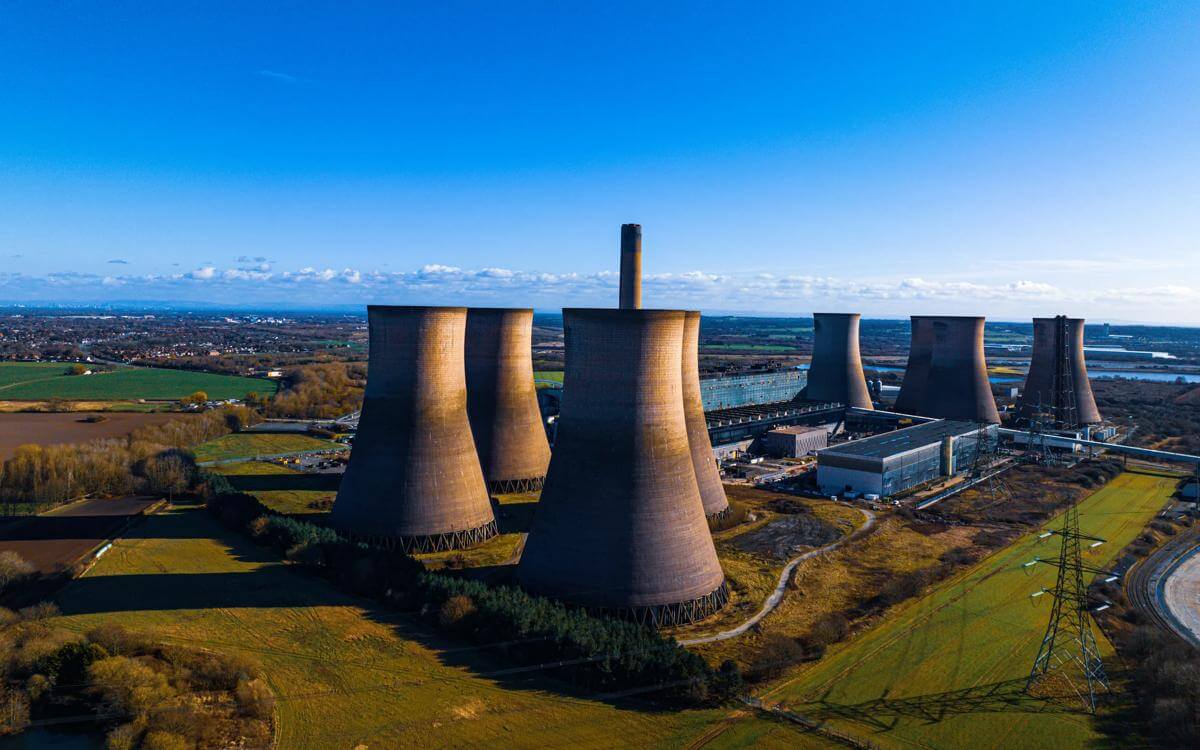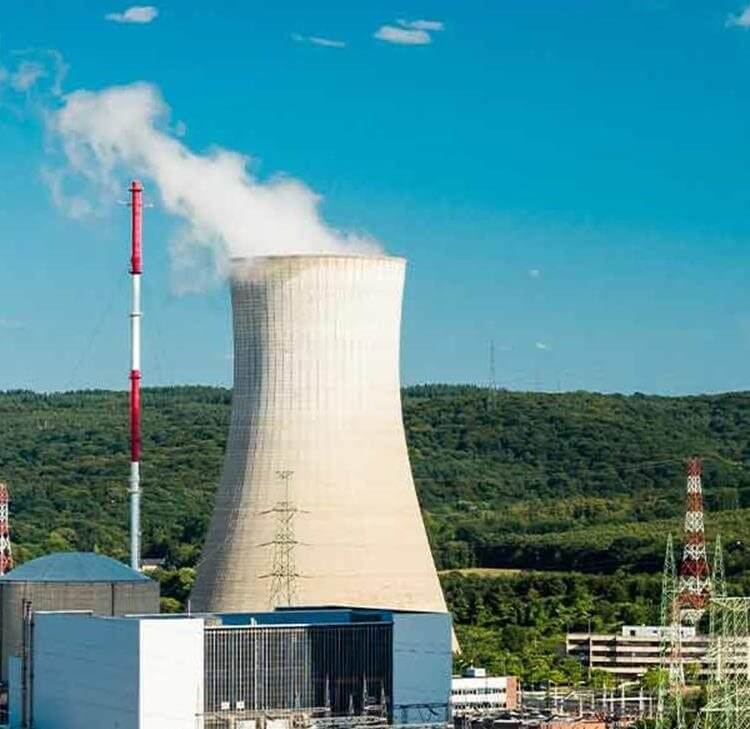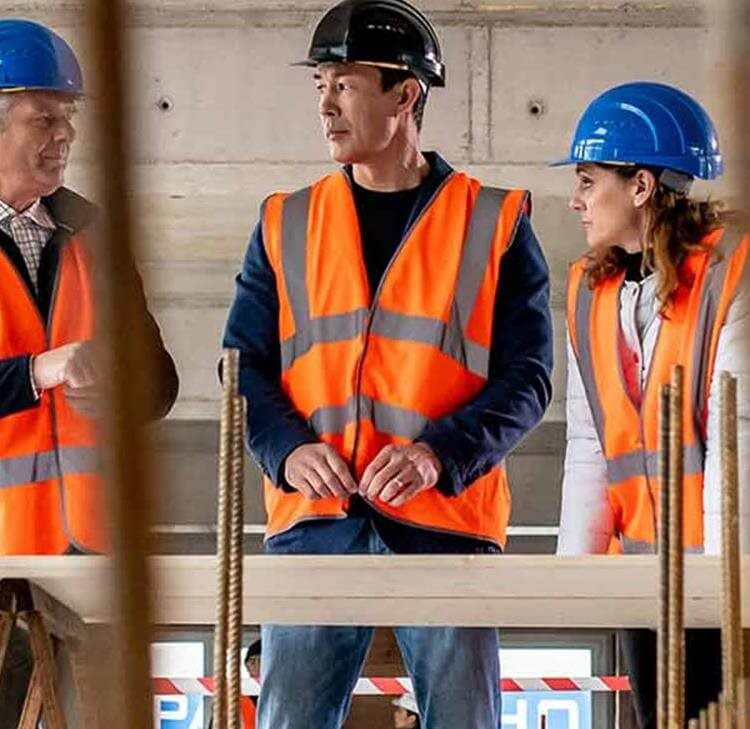The Building Safety Act (BSA) will – as it has done for the past few years – continue to have an impact on the construction industry, both in terms of new buildings and historic claims.
Building Safety Act: The gateway regime
With regard to new buildings, the “gateway regime” introduced by the BSA is now in full force for higher-risk buildings (with some buildings being built under transitional arrangements). In broad terms this requires building control approval to be obtained from the Regulator before any building work starts, which must demonstrate e.g. how:
- The proposed works comply with Building Regulations; and
- The new dutyholder competence, golden thread and mandatory occurrence reporting requirements will be met in relation to the works.
We have heard from various clients and contacts that the impact of this has been for fewer firms to want to undertake such work that is subject to the gateway regime, not only because of the lack of certainty as to how the new regime introduced by the BSA will operate in practice, but also because of the increased risk of delays to such projects – for example, the new Regulator will have up to six weeks to consider any ‘major change’ to the design or construction of such a building (and of course may decide not to approve any proposed change). Undoubtedly, the industry will watch with close interest the first few projects that are subject to that new regime. In any event, it’s important that anyone involved in such work reviews their contract carefully to make sure that it takes account of the BSA.
Building Safety Act: Historic claims
With regard to historic claims, the publication of the Phase 2 Grenfell Inquiry report was delayed in 2023, and will not be published “before April” 2024. This will focus on establishing how the Grenfell Tower came to be in a condition that allowed the tragedy to occur, which is likely to be hugely important not only in terms of the liability of those involved in the construction of the Tower itself, but also many others in the wider industry by reference to the Report’s findings about the relevant standards existing at the time of construction, and what responsible professionals knew or should have known. The findings may ‘unlock’ at least some of the many currently stayed claims in relation to this, and so we anticipate the second half of 2024 may see a return of some long dormant claims.
Building Safety Act: First legal judgments
We also anticipate the publication of the first judgments with regard to some of the new features under the BSA. For example, there are likely to be judgments commenting on the application of the Defective Premises Act (including on the question of who owes what duties, to whose order a dwelling is provided, etc), and on building liability orders. Again, the industry will read those judgments with interest and further satellite litigation may follow.
Contents
- 2024: Horizon scanning in construction
- The impact of insolvencies on construction in 2024
- Managing the expiry of PFI contracts
- ESG and the path to net zero: Construction industry considerations
- Modern methods of construction and modular buildings
- The rise of AI in construction
- A new JCT suite in 2024
Contact

Tim Claremont
Partner
tim.claremont@brownejacobson.com
+44 (0)20 7871 8507






















